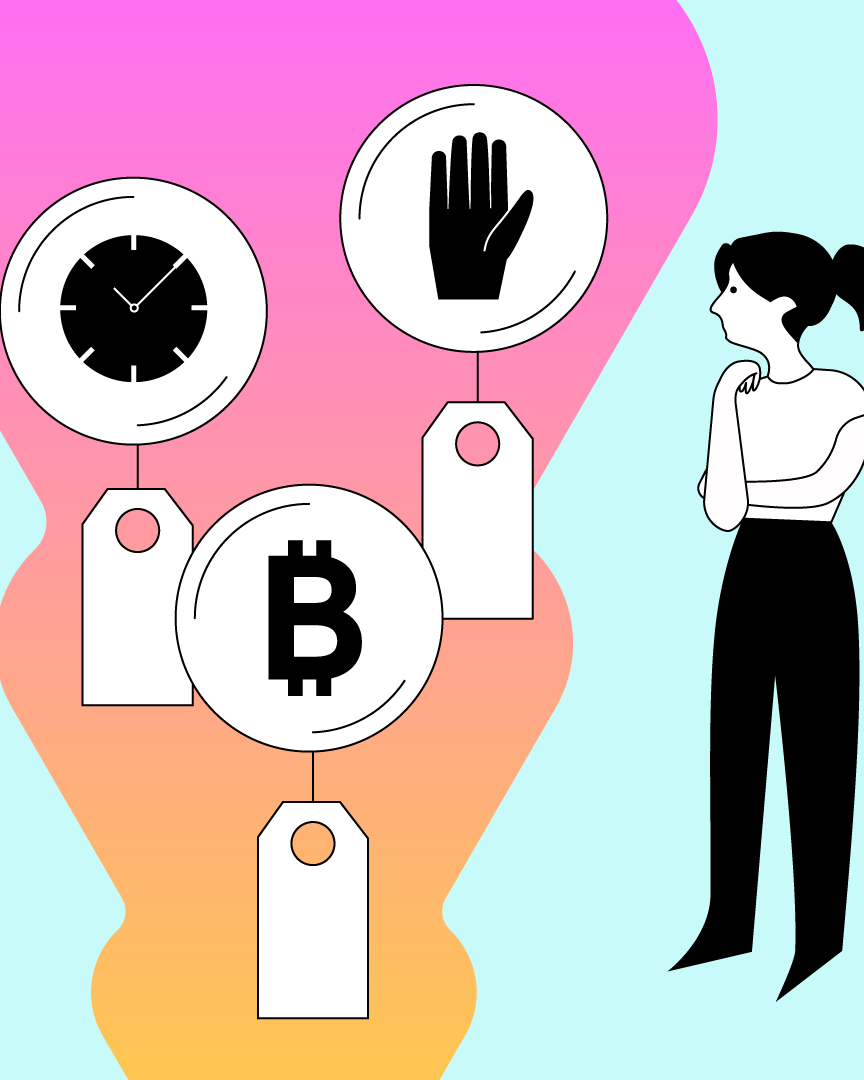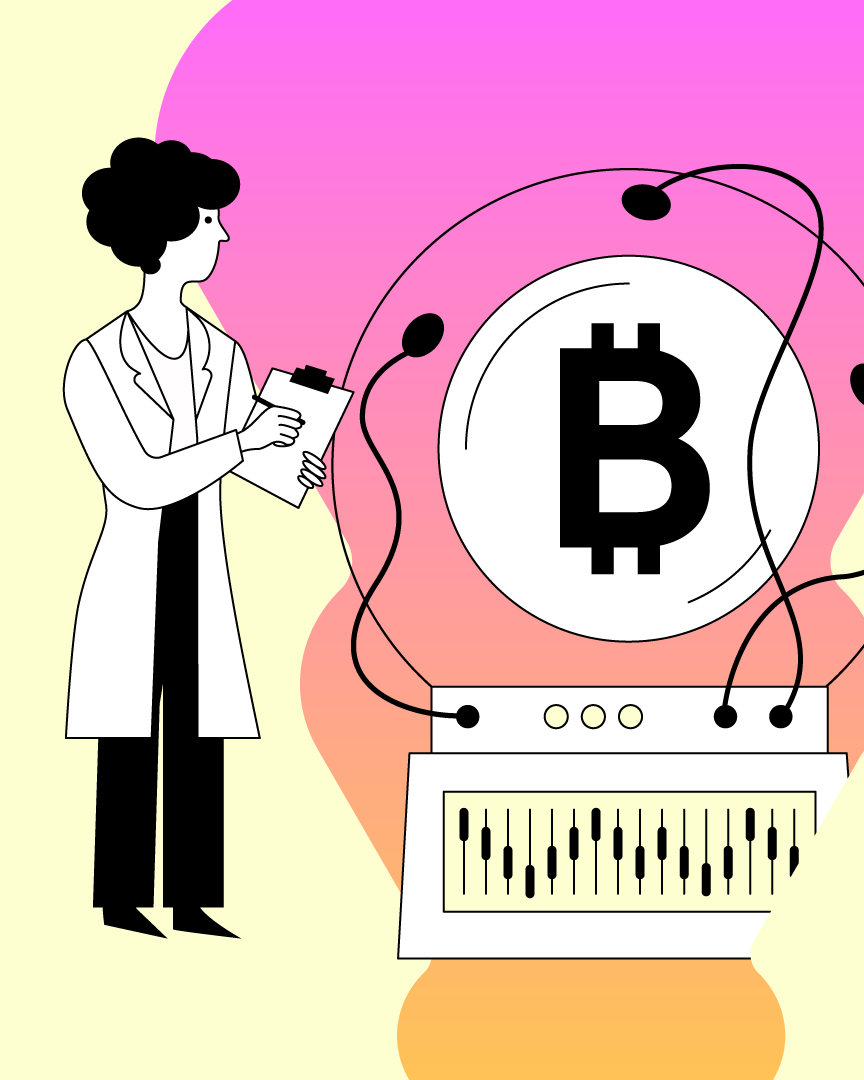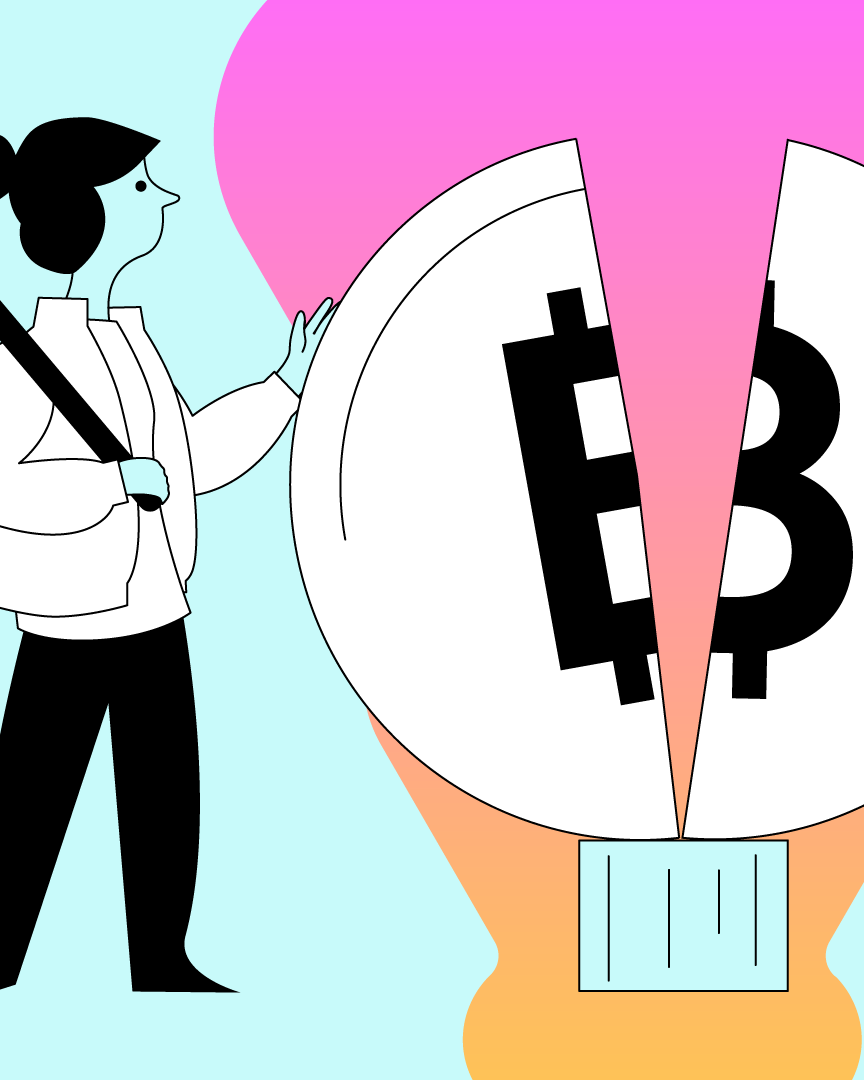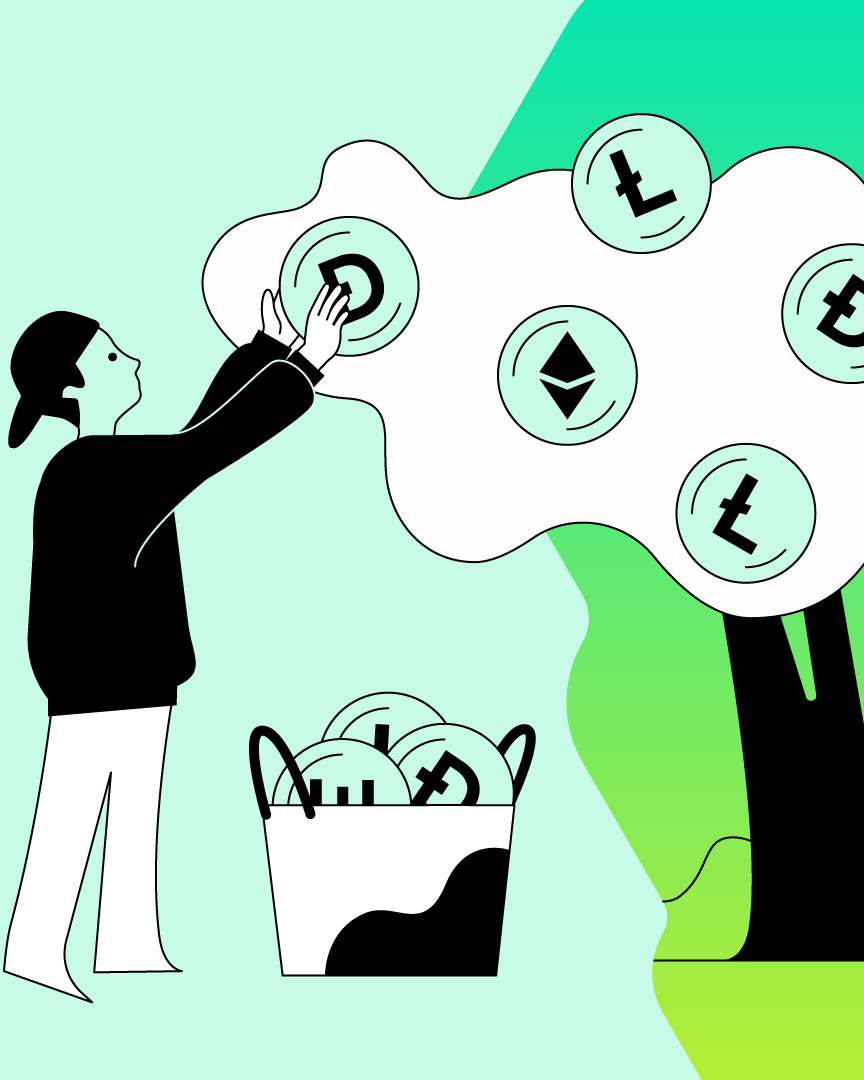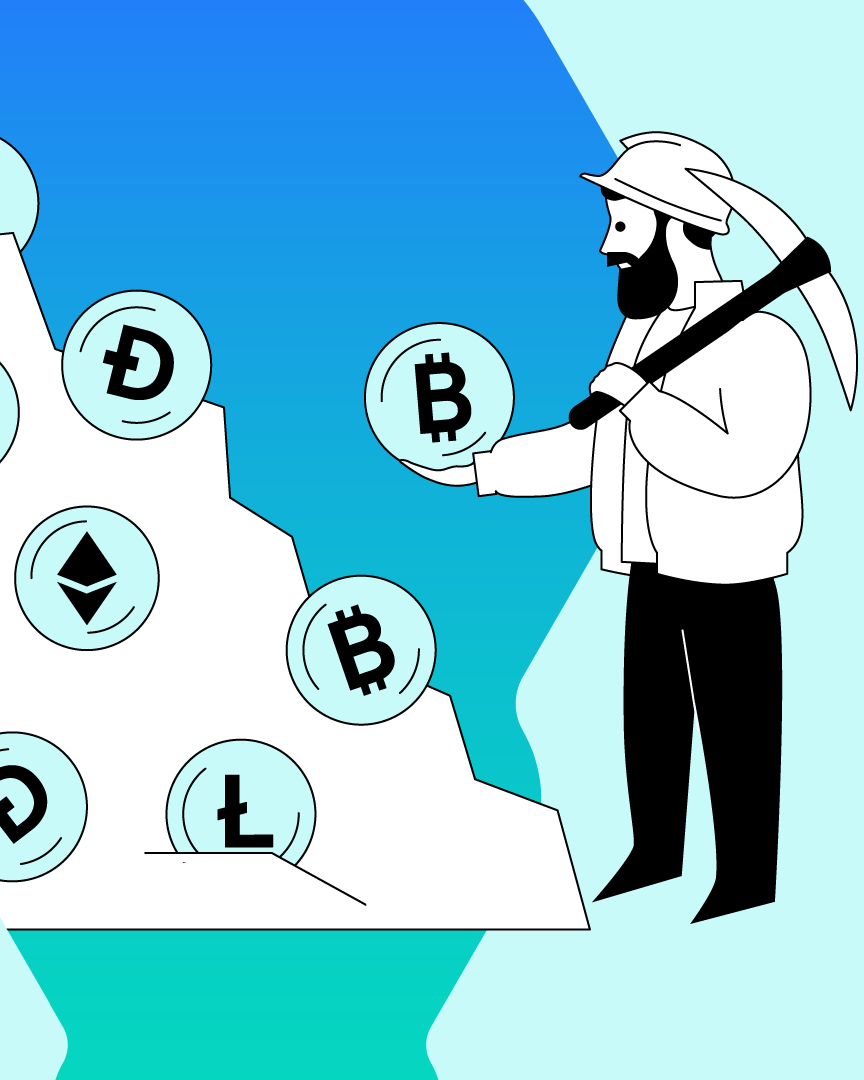1.03 Cryptocurrencies vs fiat money: similarities and differences
In this lesson, you will understand both the similarities and the differences between cryptocurrencies and fiat money.

It’s hard to deny the fact that the growing significance of cryptocurrencies has led to questioning the current financial systems. While cryptocurrencies share some similarities with traditional fiat currencies, there are striking differences between both.
In this lesson, you will understand both the similarities and the differences between cryptocurrencies and fiat money.
Contents
- What is cryptocurrency?
- What is fiat money?
- Similarities of cryptocurrencies and fiat money
- Differences between cryptocurrencies and fiat money
What is cryptocurrency?
In our previous lesson, we took a deep dive into the fundamentals and key aspects of digital currencies. Let’s rehash the concept in brief.
Cryptocurrency is a virtual currency. It is a digital asset that is treated as a medium of exchange between two parties.
You can use cryptocurrencies to buy goods and services. You can even buy and hold it as an asset like gold. They are not regulated by a government entity and do not depend on banks for processing transactions between two entities. Digital currencies are transacted between two parties directly on a peer-to-peer network.
What is fiat money?
Fiat money is the money issued by the governments of different countries. They exist in physical form. You can hold it and hand it to the person next to you.
The banknotes and coins we use for daily purchases are examples of fiat money. The value of fiat money is controlled by the governments. The word ‘Fiat’ means “let it be done” used in the sense of a command or order.
Fiat money holds intrinsic value as it is declared a ‘legal tender’ by the government. It has no cap on its supply and central banks can print it as and when required.
Are cryptocurrencies and fiat money the same? Yes and No. The similarities and differences are listed in the next section.
Similarities of cryptocurrencies and fiat money
- Both cryptocurrencies and fiat money can be used to purchase goods and services.
- We can divide fiat money like 1 dollar into 100 cents. Cryptocurrencies can also be divided such as 1 Bitcoin can be divided into small fractions like 0.000001 BTC.
- Cryptocurrencies and fiat money are not based on any commodity like gold and silver.
- You can store both these forms of currencies, in different methods, and can even gift them.
- There are different types of digital assets like Bitcoin, Ethereum, Litecoin, etc. Fiat money is also available in different currencies like the US dollar, Pounds, Euros, etc.
Differences between cryptocurrencies and fiat money
- Fiat money is backed by governments, while cryptocurrencies are not regulated by any government.
- A cryptocurrency is a digital form of money while fiat exists in physical form as well.
- Fiat money requires an intermediary like banks or brokerages to make a transaction. Cryptocurrency transactions are conducted on a peer-to-peer network eliminating third parties.
- Fiat money is a legal tender, while cryptocurrencies are not yet legalized in many countries.
- Cryptocurrencies can act as a hedge against inflation but not fiat money. This is because digital currencies have a limited supply, however, the supply of fiat money is unlimited.
- All the transactions you make by using cryptocurrencies are recorded and irreversible, unlike fiat money.
We hope that you have a better understanding of cryptocurrencies and fiat money by now. While both are used as a medium of exchange, they have a substantial difference in their fundamentals. Which model do you think will be widely accepted in the future?
ES
This material does not constitute investment advice, nor is it an offer or solicitation to purchase any cryptocurrency assets.
This material is for general informational and educational purposes only and, to that extent, makes no warranty as to, nor should it be construed as such, regarding the reliability, accuracy, completeness or correctness of the materials or opinions contained herein.
Certain statements in this educational material may relate to future expectations that are based on our current views and assumptions and involve uncertainties that could cause actual results, performance or events to differ from those statements.
BB Trade Estonia OU and its representatives and those working directly or indirectly with BB Trade Estonia OU do not accept any liability arising from this article.
Please note that investing in cryptocurrency assets carries risks in addition to the opportunities described above.








